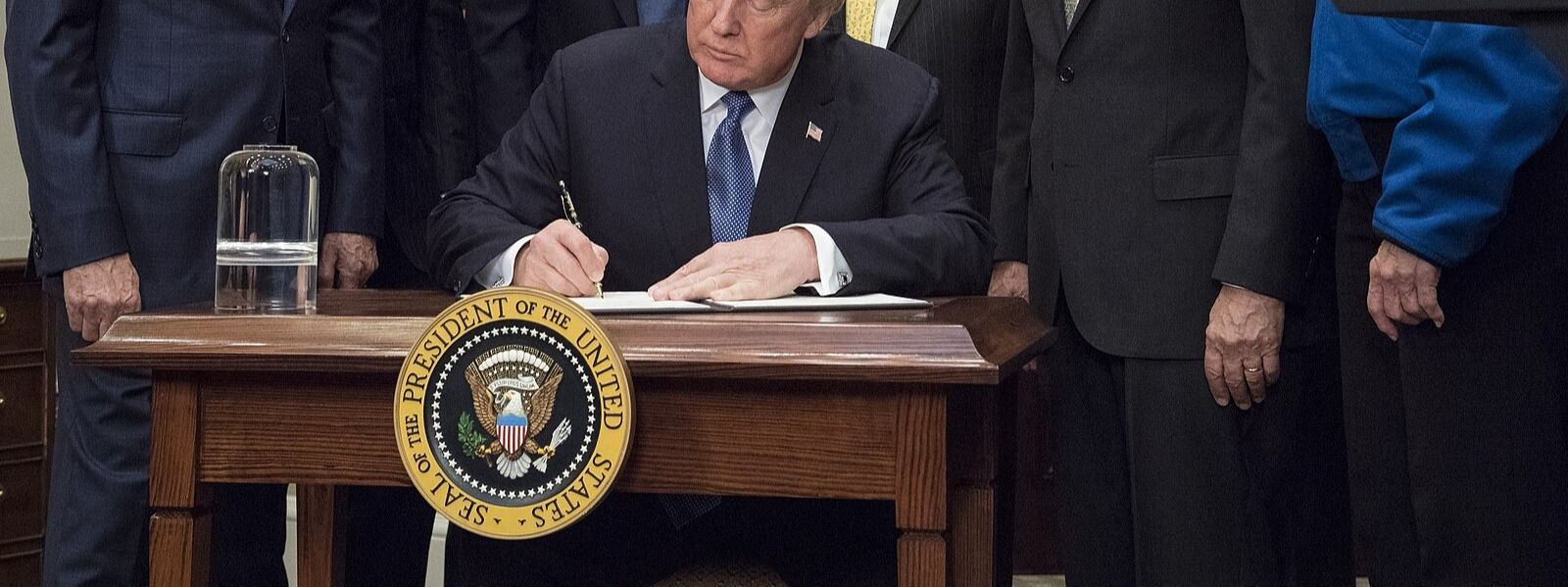What the Government Reopening Means for Organizations Seeking New Grants—Including R&D
A Historic Shutdown Has Left A Backlog of Awards
With the federal government now officially reopened, agencies are back at full operations and the Continuing Appropriations Act is in place, funding the government at FY2025 levels through January 30, 2026. For organizations preparing to pursue new federal grants—especially research and development opportunities—this is the moment to get back on offense.
Here’s what the reopening means for the funding landscape right now:
New Grant Competitions Will Start Moving Again
The shutdown paused several upcoming Notices of Funding Opportunity (NOFOs). With agencies back online, you can expect:
- Delayed opportunities to be reposted
- Competitions already in development to resume quickly
- Proposal timelines to normalize over the next few weeks
Most R&D-focused programs will pick up exactly where they left off because the bill locks agencies into the same operational levels they used in FY2025.
If your proposals have been sitting in draft mode, now’s the time to activate your team.
Agencies Can Run Competitions, But They Can't Front-Load Funding
One restriction in the bill prevents agencies from making unusually large or early distributions of grant funds before full-year FY26 appropriations are passed.
Here’s what that means for you:
- New grant opportunities can still be released.
- Awards may be funded incrementally (a common practice in R&D programs anyway).
- Agencies may pace their commitments conservatively early in the cycle.
This won’t stop competitions from proceeding; it simply encourages normal, steady timelines.
Federal Program Staff Are Stabilized and Fully Operational
The bill prohibits reductions in force and authorizes agencies to apportion funds to avoid furloughs. This is a quiet but important detail. For applicants, it means:
- Program officers are available again
- Technical assistance can resume
- Application reviews won’t be short-staffed
- Award negotiations can move forward without disruption
The administrative machinery behind federal grants is back to functioning normally.
Strong Outlook for R&D, Innovation, and Technology Funding
Programs across NSF, DOE, NIH, DoD research offices, USDA-NIFA, NOAA, NIST, DOT, and others will now restart their cycles. Because FY2025 funding levels are being carried forward:
- You’re operating in a familiar environment
- Previous levels of competitiveness should hold
- Some applicants may be slower to re-engage after the shutdown—giving you an advantage if you move now
If your pipeline includes science, technology, demonstration projects, or commercialization efforts, the window is reopening fast.
What Organizations Should Do Right Now
If you're targeting new funding in the coming months, take these steps immediately:
- Reconfirm anticipated NOFO release dates
- Reconnect with federal program officers
- Restart proposal development schedules
- Finalize budgets and narrative frameworks
- Ensure all registrations (SAM.gov, Grants.gov, UEI) are active and compliant
- Move early, while others are still getting reorganized
The organizations that regain momentum quickly will be the first to benefit from the reopening.
Bottom Line
Grantmaking is resuming across the federal landscape, and competitive programs—including R&D—are gearing back up. With continuity at FY2025 levels and agency staff fully engaged, the funding environment is stable and predictable.
If you're preparing to pursue new grants, this is the moment to get back in motion.



